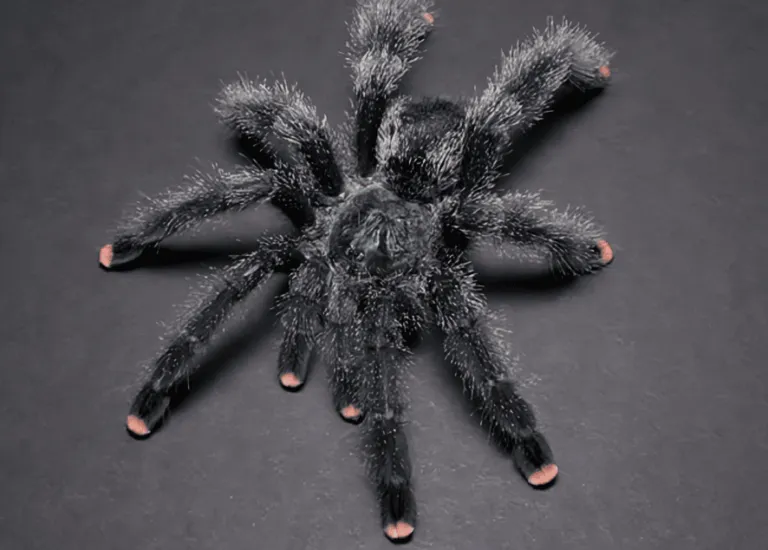Understanding the Pinktoe Tarantula
The Pinktoe Tarantula, scientifically known as Avicularia avicularia, is a captivating arboreal species popular among arachnid enthusiasts. Native to the tropical rainforests of South America and the Caribbean, these spiders are known for their striking appearance and relatively docile temperament. This guide provides comprehensive information on how to care for a Pinktoe Tarantula, from setting up their habitat to addressing potential health concerns, ensuring a thriving and fulfilling life for your pet. Understanding their specific needs is the first step in becoming a successful Pinktoe Tarantula keeper. This involves knowing their origin, natural habitat, and unique characteristics.
Origin and Habitat
Pinktoe Tarantulas originate from the lush rainforests of South America, including countries like Brazil, Guyana, and Suriname, as well as some Caribbean islands. In their natural habitat, they are arboreal, meaning they live primarily in trees. They build silken retreats in the foliage, often near the tips of branches. The warm, humid climate of their natural environment is crucial for their well-being, and replicating these conditions is essential for successful captive care. The environment is key for maintaining a healthy Pinktoe Tarantula.
Appearance and Characteristics
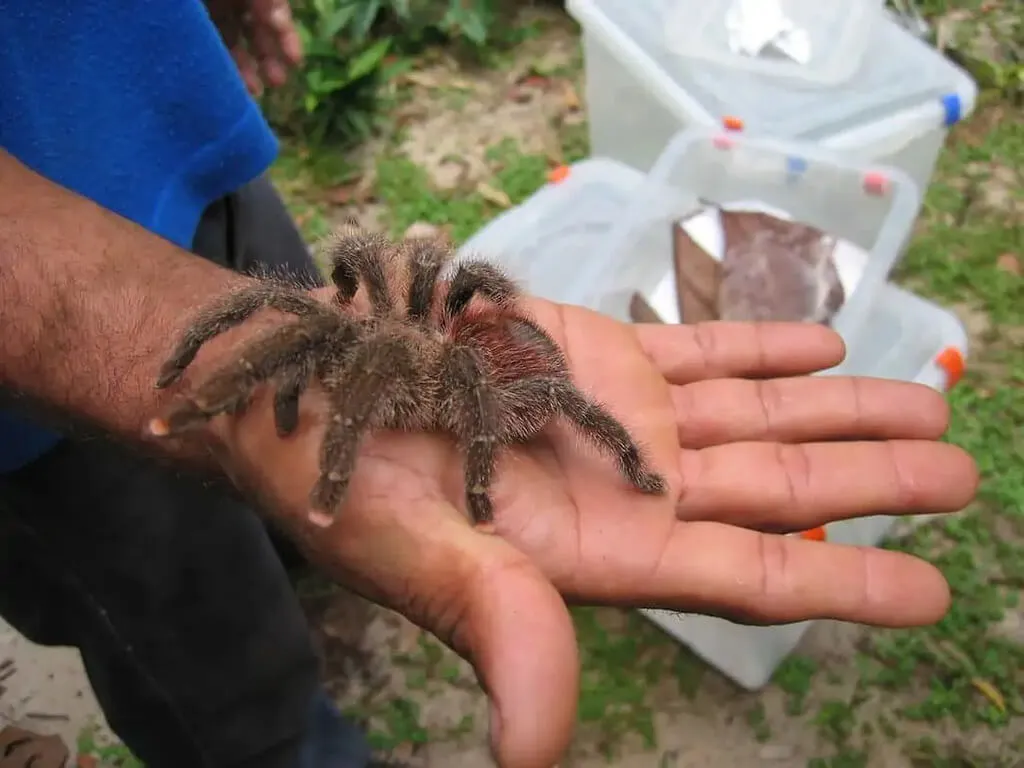
Pinktoe Tarantulas are named for the pink or reddish coloration on the tips of their legs. Their bodies are typically a dark gray or black, with a velvety appearance. They have a distinctive look, with a carapace (the top part of their cephalothorax) that often has iridescent hues. They are relatively small tarantulas, with a mature size ranging from 4 to 6 inches in leg span. Their arboreal lifestyle is evident in their anatomy, with specialized pads on their feet that help them grip vertical surfaces and make them adept climbers.
Setting Up the Perfect Habitat
Creating the right habitat is one of the most critical aspects of Pinktoe Tarantula care. The enclosure should replicate their natural environment as closely as possible, providing a comfortable, secure, and stimulating space. Proper setup ensures the spider’s physical and psychological well-being. This involves selecting the appropriate enclosure size, substrate, furnishings, and maintaining optimal environmental conditions like temperature and humidity.
Enclosure Size and Type
An appropriate enclosure is crucial for the health and well-being of your Pinktoe Tarantula. A good starting point is a terrarium that is at least 12x12x18 inches for an adult. The enclosure should be taller than it is wide, as these tarantulas are arboreal and prefer to climb. Ensure the enclosure has adequate ventilation to prevent the build-up of humidity and the growth of mold. A secure lid is a must to prevent escapes. Consider using a front-opening terrarium for ease of access and maintenance, always ensuring all gaps are secured.
Substrate Selection

The substrate in a Pinktoe Tarantula’s enclosure serves multiple purposes, including providing a surface for the spider to walk on, aiding in maintaining humidity, and allowing the spider to burrow if it chooses. A good substrate option is a mix of coconut fiber, peat moss, and a small amount of vermiculite. This combination retains moisture well while also providing good drainage. Avoid using substrates that can harbor mold or are toxic to spiders. The substrate layer should be deep enough to allow the tarantula to burrow if it chooses, typically 2-3 inches.
Essential Habitat Furnishings
Provide plenty of climbing opportunities and hiding places for your Pinktoe Tarantula. Cork bark, branches, and artificial plants are excellent choices. These elements not only offer the spider a place to retreat and feel secure but also mimic its natural environment. Ensure that any decorations are securely placed to prevent them from falling and potentially injuring the tarantula. A shallow water dish should always be available, providing a source of fresh water. Avoid decorations with sharp edges or small parts that could pose a hazard.
Maintaining the Right Environment
Temperature and humidity are critical for the health of a Pinktoe Tarantula. Maintain a temperature between 75-80°F (24-27°C). A heat lamp or a heat mat placed on the side of the enclosure can help maintain the proper temperature. Humidity levels should be kept between 70-80%. Regularly mist the enclosure with dechlorinated water to maintain the humidity. A hygrometer is essential for monitoring the humidity levels. Proper ventilation is also crucial to prevent mold growth and maintain air quality within the enclosure. Regularly check and adjust the setup as necessary.
Feeding Your Pinktoe Tarantula
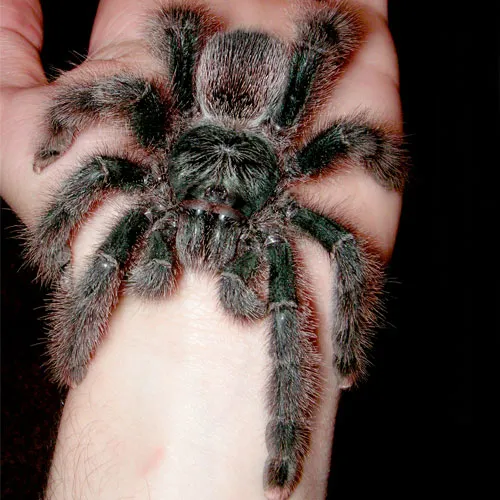
Feeding your Pinktoe Tarantula is a straightforward process, but it requires attention to detail to ensure the spider receives adequate nutrition and remains healthy. Understanding their dietary needs, feeding frequency, and methods is key. Providing a balanced diet and proper care during feeding contributes significantly to the spider’s overall well-being and longevity. This includes knowing the appropriate food sources, the right amounts to feed, and ways to provide water for hydration.
Diet and Nutritional Needs
Pinktoe Tarantulas are primarily insectivores. Their diet should consist mainly of insects, such as crickets, roaches, and mealworms. Variety in the diet is beneficial, so offer a mix of different insects. Always ensure the insects are gut-loaded before feeding them to your tarantula. Gut-loading involves feeding the insects nutritious foods, such as vegetables and high-quality insect food, for at least 24 hours before offering them to the spider. This provides the tarantula with added vitamins and minerals. Avoid feeding wild-caught insects due to the risk of pesticides and parasites.
Feeding Frequency and Methods
Feeding frequency depends on the tarantula’s age and size. Spiderlings and juveniles should be fed two to three times a week. Adults can be fed once or twice a week. Remove any uneaten food within 24 hours to prevent mold growth. Live insects are typically offered, allowing the tarantula to hunt. Place the insect in the enclosure, and the tarantula will usually hunt it down. If the tarantula is not eating, check the environmental conditions and ensure the spider is not in premolt (getting ready to shed its exoskeleton). Adjust the feeding schedule accordingly, based on the tarantula’s eating habits.
Water and Hydration
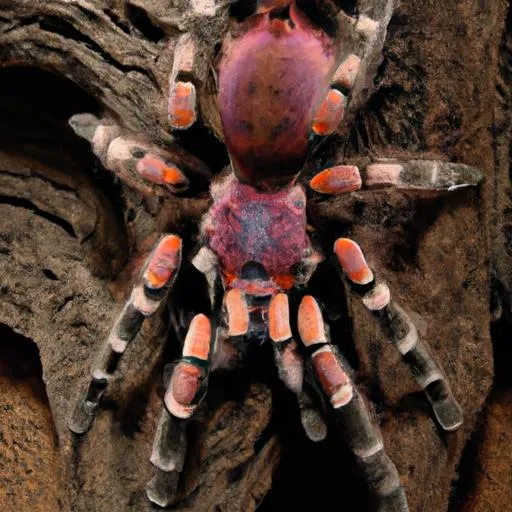
Providing a clean water source is essential for hydration. A shallow water dish, no deeper than the tarantula’s height, should be available at all times. Use dechlorinated water to avoid any harmful chemicals. Regularly check and refill the water dish to ensure it is always full. You can also mist the enclosure, particularly during the molting process, to provide additional moisture. This helps the tarantula shed its exoskeleton and stay hydrated. Avoid leaving standing water that could lead to bacterial growth. Always maintain water quality.
Handling and Interaction
Handling Pinktoe Tarantulas should be approached with caution and respect for the spider’s well-being. While they are generally docile, they can bite if they feel threatened. Understanding safe handling practices and recognizing signs of stress is important for both the handler and the spider. Interactions with your tarantula can be rewarding, but they must always prioritize the spider’s safety and comfort. This involves knowing the proper handling techniques and the conditions that can lead to stress.
Safe Handling Practices
If you choose to handle your Pinktoe Tarantula, do so with care. Handle the tarantula close to the ground or over a soft surface to minimize the risk of injury if it falls. Avoid sudden movements and loud noises, as these can startle the spider. Gently coax the tarantula onto your hand, allowing it to walk rather than grabbing or forcing it. Wash your hands before and after handling, as some people may have allergic reactions to tarantula hairs. Always supervise children when they are near the tarantula. Never handle the tarantula if you’re unsure of its mood or behavior.
Recognizing and Avoiding Stress

Recognizing signs of stress in your Pinktoe Tarantula is essential. These signs include the spider flicking its legs, raising its front legs in a defensive posture, or running away. Avoid handling the tarantula when it shows these signs. Excessive handling, loud noises, and sudden changes in the environment can all cause stress. Provide a secure, quiet environment, and allow the tarantula to retreat to its hide if it feels threatened. Minimize disturbances to ensure the tarantula feels safe and comfortable in its enclosure. Regular observation is key to understanding the spider’s behavior.
Common Health Issues and Care
Pinktoe Tarantulas are generally hardy creatures, but like any pet, they can be susceptible to certain health issues. Recognizing the signs of illness and taking preventative measures are crucial for maintaining their health and well-being. Regular observation, a clean environment, and a balanced diet contribute to the overall health of the tarantula. This involves knowing the signs to look for, the preventative care measures you can take, and the appropriate actions to be done when issues arise.
Recognizing Signs of Illness
Several signs may indicate that your Pinktoe Tarantula is unwell. These include loss of appetite, lethargy, and unusual behavior. Look for signs of parasites, such as mites or flies. Physical signs of illness include a swollen abdomen, a dry or shriveled appearance, or difficulty moving. If you observe any of these signs, it is important to consult with a veterinarian who specializes in exotic animals or tarantulas. Provide detailed information about the conditions and behavior of your pet. Prompt intervention can often prevent a minor issue from escalating.
Preventative Care and Maintenance
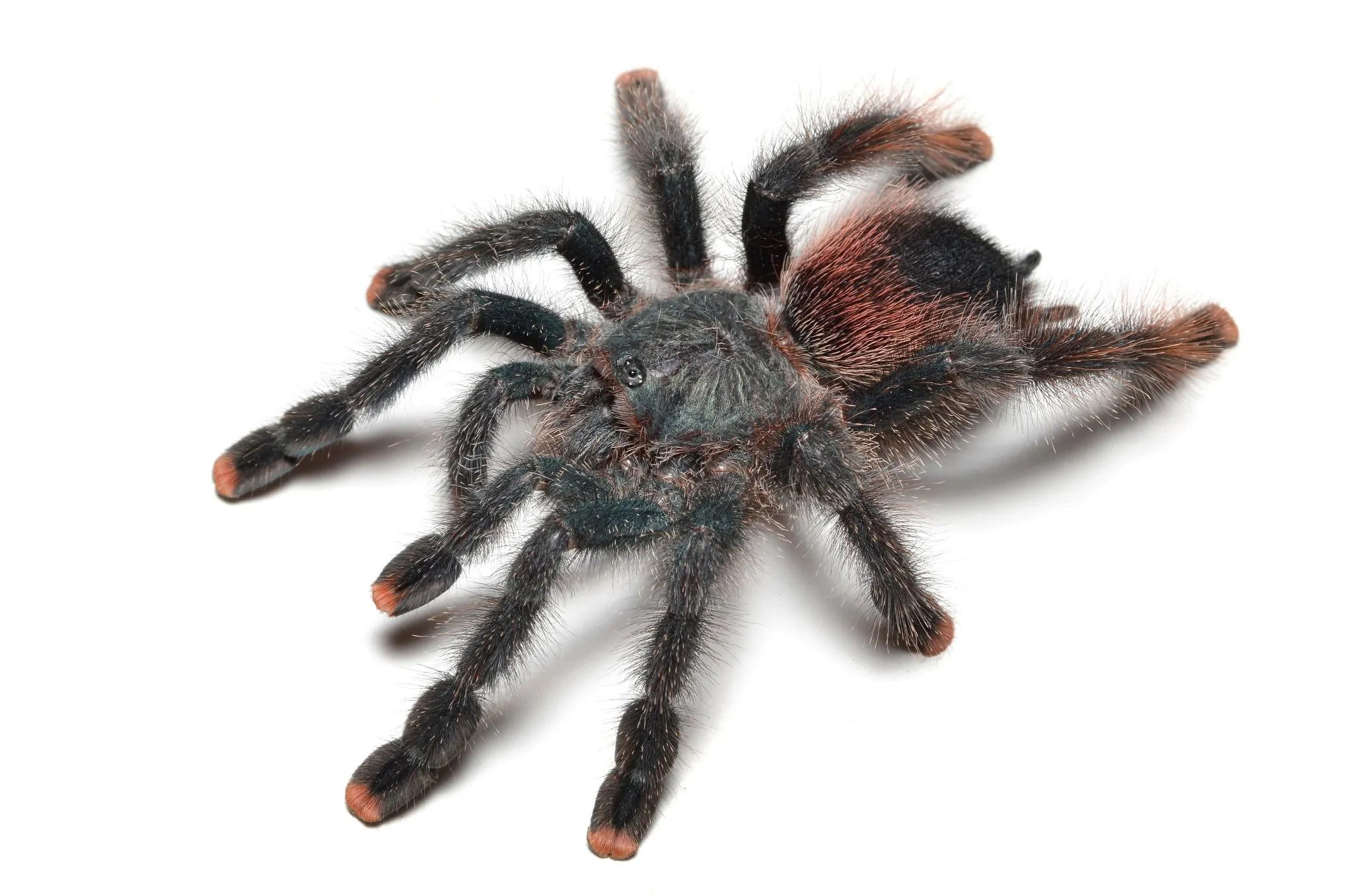
Preventative care is the best approach to maintaining your Pinktoe Tarantula’s health. Regularly clean the enclosure, removing uneaten food and fecal matter. Maintain proper temperature and humidity levels. Provide a varied diet and gut-load feeder insects. Ensure the water dish is always full and clean. Regularly inspect the tarantula for any signs of illness or parasites. Quarantine any new tarantulas before introducing them to your existing collection. Regularly check the enclosure for pests or mold. By following these guidelines, you can help prevent many common health issues.
Breeding Pinktoe Tarantulas
Breeding Pinktoe Tarantulas can be a rewarding but challenging endeavor. It requires a good understanding of the species and a commitment to providing the right conditions. Breeding success depends on several factors, including the health and maturity of the tarantulas, the environmental conditions, and the care provided to the female after mating. This process includes sexing the tarantulas, the mating process itself, and what happens after the mating is complete.
Sexing Your Tarantula
Before attempting to breed Pinktoe Tarantulas, it is essential to determine the sex of your tarantulas. This can be done by examining the underside of the spider. Males typically have modified pedipalps (the small leg-like appendages near the mouth), which look like boxing gloves. In addition, males have a structure called a tibial hook on their front legs. Females have a spermatheca, which can be visible after molting. Sexing spiderlings can be more difficult, but it becomes easier as they mature. The best way to ensure accurate sexing is to wait until the tarantula is mature.
The Mating Process
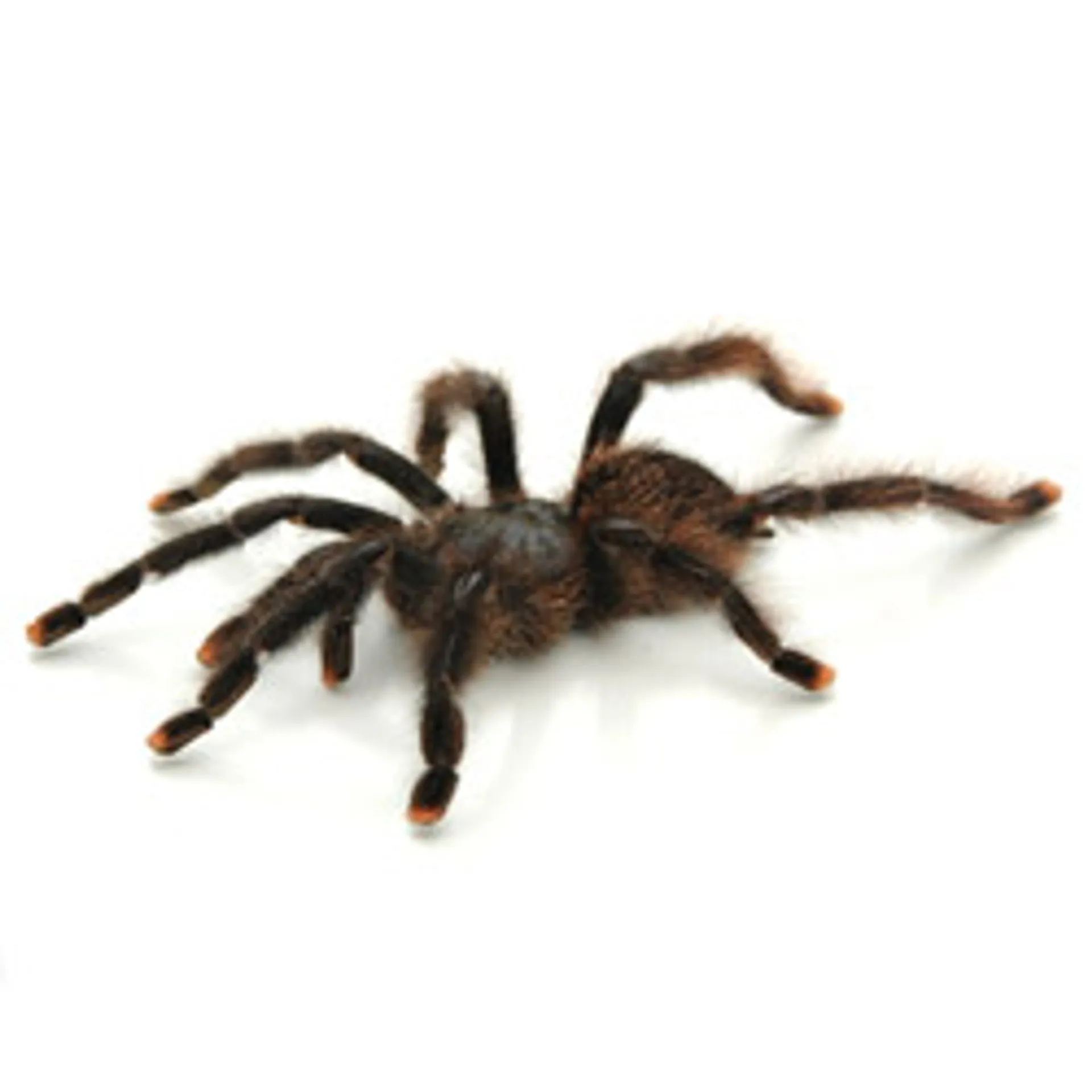
The mating process involves introducing the male to the female’s enclosure. It is essential to monitor the interaction closely. The male will approach the female carefully, tapping and drumming on the ground to signal his intentions. If the female is receptive, she will allow the male to mate. This process involves the male depositing sperm into the female’s spermatheca. It is essential to remove the male immediately after mating, as the female may eat him. Be ready to separate them quickly to ensure the male’s safety. Successful mating does not always result in egg production.
Post-Mating Care
After mating, provide the female with plenty of food and a secure environment. She will eventually lay an egg sac, which she will guard and protect. It is crucial to maintain the appropriate temperature and humidity levels during this period. After the eggs hatch, the spiderlings will require specialized care, including providing small food items and maintaining a clean environment. The female may exhibit territorial behavior, so minimize disturbances. Monitor the egg sac for any signs of problems. If you are not prepared to raise the spiderlings, you can remove the egg sac to prevent them from hatching.
